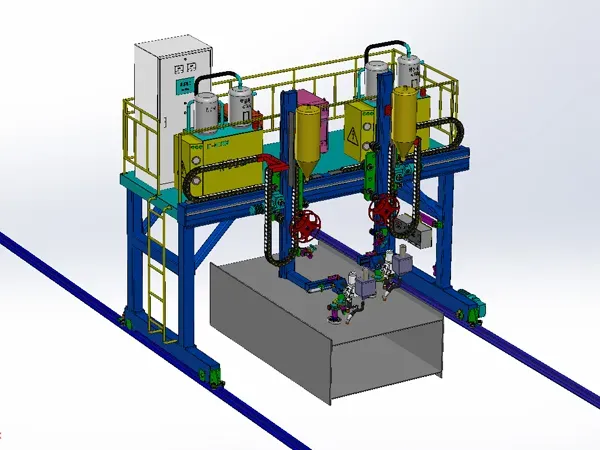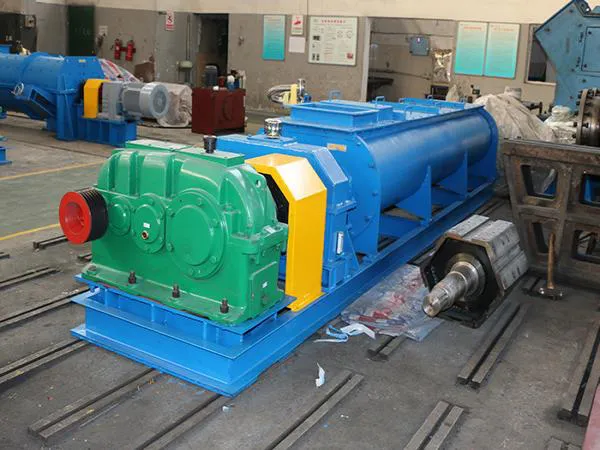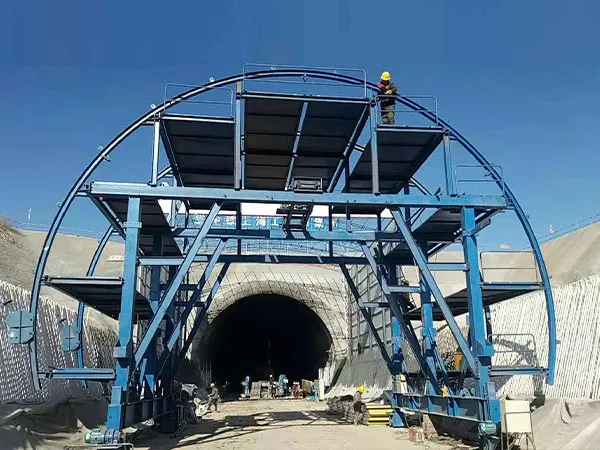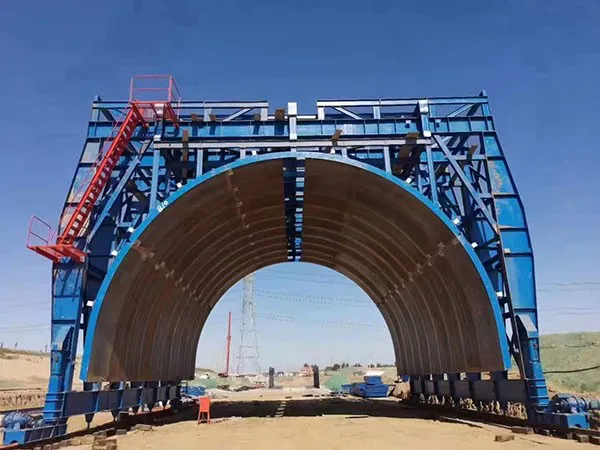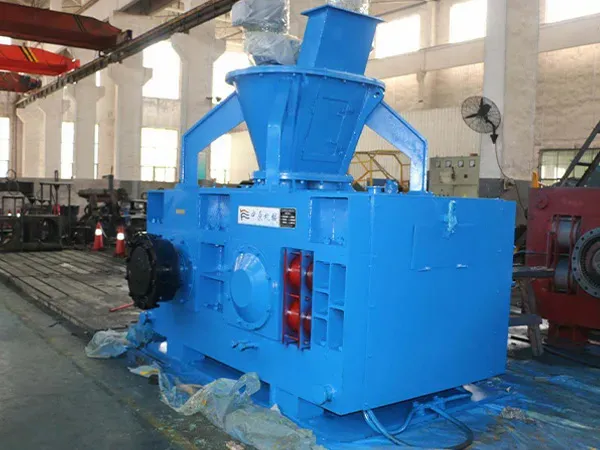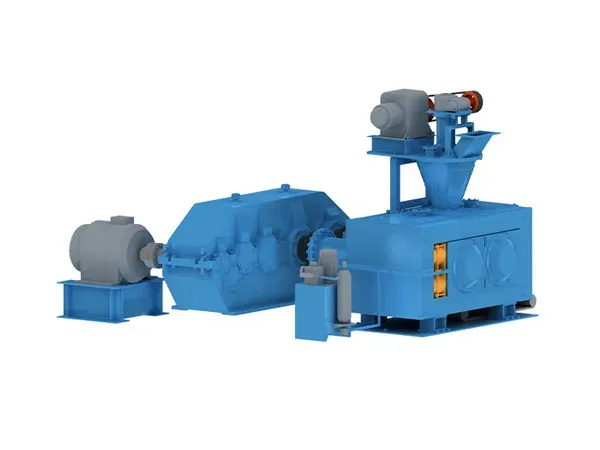As the core power source of the vibrating screen, the HB55 series vibrating screen exciter is widely used in material screening scenarios in mining, metallurgy, coal and other industries. It is known for its high excitation force output and long life design, but in actual use, precise maintenance is required to ensure the stability of the equipment. This article will systematically analyze this series of vibrators:
Analysis of HB55 series vibrating screen exciter:
1. Structure and working principle:
The core components include eccentric blocks (adjustable mass), bearings, drive shafts, housings and sealing devices. When the eccentric block rotates, centrifugal force is generated to form directional vibration. Drive mode: usually driven by a motor through a coupling or a V-belt, the speed is synchronized with the motor, and the excitation force can be adjusted by adjusting the eccentric block angle or counterweight. Balanced design: a dual-axis structure or a symmetrical eccentric block layout may be used to offset the lateral force and reduce the impact of equipment vibration on the supporting structure.
2. Typical technical parameters:
Excitation force range: about 10-50kN (customizable), to meet different screening intensity requirements. Speed: usually matched with a 4/6-pole motor, ranging from 900-1500rpm. Bearing model: heavy-duty roller bearing (such as SKF 223 series), with high load capacity. Power matching: suitable for motor power 5.5-30kW, depending on the model. Protection level: IP65 or above seal, dustproof and waterproof, adaptable to harsh working conditions.
3. Application scenarios:
Mainly suitable for large-volume, medium-coarse particle materials (such as ore, sand and gravel), and high-frequency versions can also be customized for fine powder screening such as mining (coal, metal ore screening), building materials (sand and gravel classification), chemical industry (powder screening), metallurgy (coke separation) and environmental protection (sludge dehydration) industries
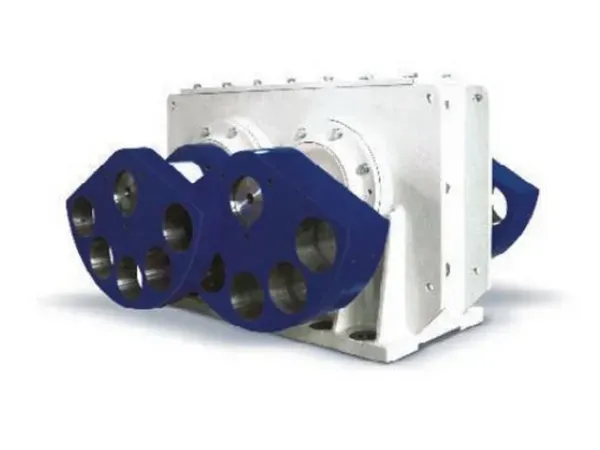
4. Performance advantages:
High efficiency and durability: optimize the bearing seat structure to extend the bearing life; modular design facilitates the rapid replacement of wear parts. Convenient maintenance: external lubrication channel, support non-stop grease filling; eccentric block calibration scale, simplify the adjustment process. Compatibility: adapt to a variety of screen box structures (linear, circular vibrating screen), support variable frequency control to achieve stepless frequency modulation.
…
More detailed information about the HB55 series vibrating screen exciter can be found by visiting:https://www.zexciter.com/en/a/news/analysis-of-hb55-series-vibrating-screen-exciter.html

